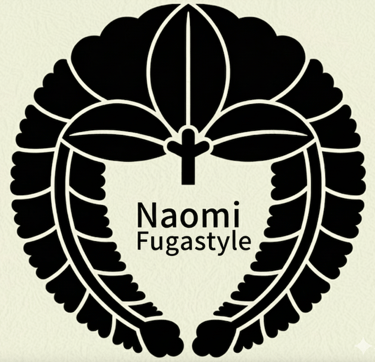Ikebana class
Please make your own Ikebana,,,, Or, enjoy seeing arranging Ikebana. Both in person or online are welcome!
Traditional Ikebana Arrangement
Kata wo motte Kata to nasu. 型をもって型となす。We are thinkging, to get a prototype means to make your base of expression! まず型を身につけ、その上で表現を身につけることが大切です。 $35 per class, either in person or online (flower fee are excluded)
Ikebana Decorating
From small decorating concept to bigger decorating, we could make any decorating space with using our traditional techniqu of Ikebana. どんなスペースであっても、小さなお花から装飾の花まで生け花の技術を持って、お花を活けて美しい環境を作り上げます。depends on any occation. Wedding, Funeral or any celebration
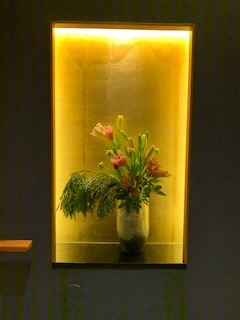

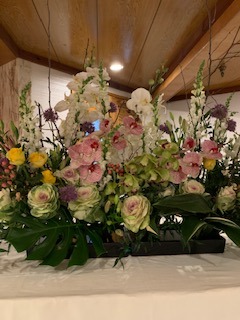

Healing Ikebana
Ikebana make a bridge between human and nature, while making an arrengement, you can find a nature spirit and your own. 生け花は自然と植物、人間との調和を生み出し、美しい空間を創造します。 Try to have healing flower arrangement, $50 per lesson, either in person or online.
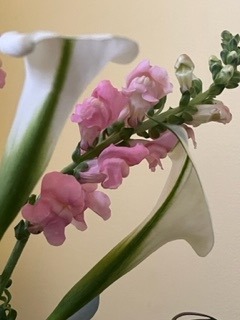

What is Cha-bana (茶花)
Chabana – The Flowers of the Tea Room
Chabana refers to the flowers arranged in the alcove (tokonoma) of a tea room. It is pronounced chabana, not chaka. Rooted in the teachings of Sen no Rikyū, particularly his principle that “flowers should be arranged as they are in the field,” chabana avoids extravagant or overly decorative arrangements.
Instead, it emphasizes simplicity and natural beauty, often using wild grasses and seasonal flowers that grow in the mountains and fields. The guiding aesthetic is one of unpretentiousness, and the preferred method of arranging is known as nageire—a spontaneous, natural style of placement.
Though modest, chabana captures the essence of each season and the subtle passage of time, quietly enhancing the atmosphere of the tea gathering. Within its simplicity lies the spirit of the tea ceremony itself.
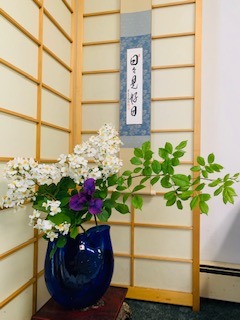

A transformative experience for the soul.
Sophia
"
Learn * Cha-bana
Choosing Flowers According to the Season
In the way of tea, a deep appreciation for the changing seasons is essential. Each of the four seasons—spring, summer, autumn, and winter—has its own flowers and plants that are commonly used in chabana. Let’s practice arranging seasonal flowers.
Spring: Camellia (Tsubaki), Plum Blossom (Ume), Rapeseed Blossom (Nanohana), Spicebush (Kuromoji)
Summer: Hydrangea (Ajisai), Summer Camellia (Natsutsubaki), Rose of Sharon (Mukuge)
Autumn: Balloon Flower (Kikyo), Wild Chrysanthemum (Nogiku), Japanese Anemone (Shumeigiku)
Winter: Wintersweet (Roubai), Narcissus (Suisen), Adonis (Fukujusou)




Monthly Cha-bana lesson
We have monthly Cha-bana lesson based on using seasonal flowers
Trial lesson
Let you try to arrange Cha-bana by your style
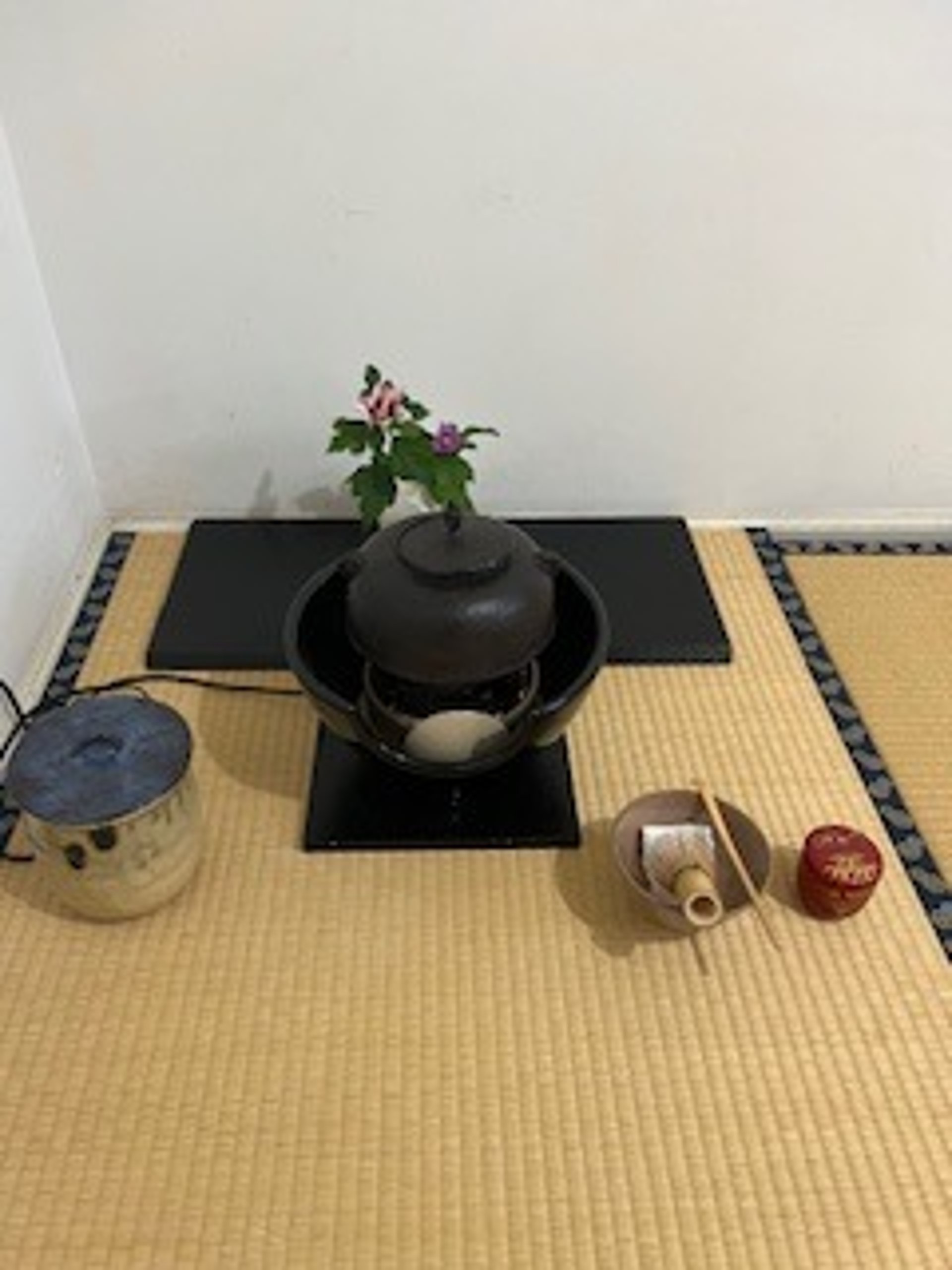
Contact: artspacenakahashi@gmail.com
Experience mindfulness through Japanese tea ceremony on the Tatami Room
Time schedule: 1 hour Fee: $80 ( $10 discounted from $90 by Feb 2026)
Pleae contact any inquiry, regarding, class, personalized consulting,,,etc..
artspacenakahashi@gmail.com
© 2024. All rights reserved.
